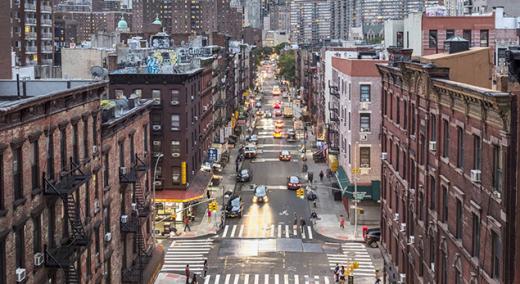As municipalities clamor for a slice of President Biden’s $1.2 trillion infrastructure spending bill, one Johns Hopkins scientist is re-examining one of the basic elements of road-building: Determining the width of road lanes. But determining the width that provides the highest level of safety, access, and comfort for every road user—drivers, cyclists, and pedestrians—is complex, says Shima Hamidi, an assistant professor in Johns Hopkins’ Department of Environmental Health and Engineering, which is shared by the Whiting School of Engineering and the Bloomberg School of Public Health.
|
ADVERTISEMENT |
It’s a data problem, she says, and she wants to help cities solve it.
Hamidi is undertaking a massive collection of data on urban streets across the United States to answer one question: How low can cities go on street width to make room for bike lanes and wider sidewalks?
…

Add new comment